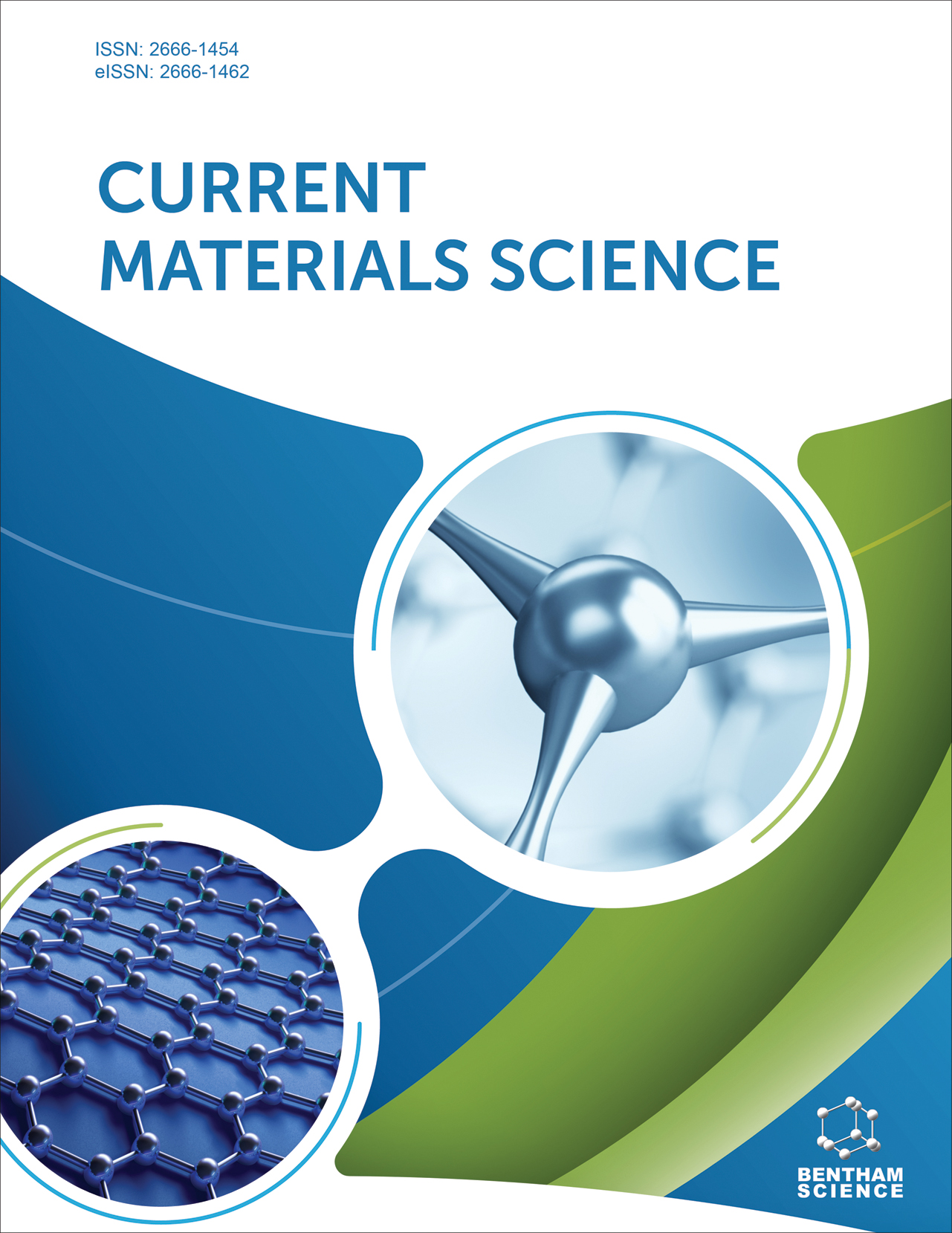
Full text loading...
We use cookies to track usage and preferences.I Understand
The use of Finite Element Analysis (FEA) has become widespread in simulating the response of structural members subjected to impact loads. This review paper aims to provide an overview of FEA's application for predicting the response of structural members under impact loads.
The objectives of this review are to analyze the analytical and experimental methods used for studying the dynamics of vibration and impact loads, including Finite Element Analysis, Modal Analysis, Experimental Modal Analysis, Response Spectrum Analysis, and Design of Experiments Analysis.
The review paper thoroughly examines the principles of FEA, the various types of impact loads, and the different structural members involved. It analyzes the definitions, causes, effects, and analytical and experimental methods used to study vibration and impact loads.
The review paper highlights the significance of studying these dynamics, as failure to do so can result in catastrophic failures of structures and machines. It presents a comprehensive review of the effects of vibration and impact loads on structures and machines and the advantages and limitations of different analytical and experimental methods.
This review provides valuable insights into the dynamics of vibration and impact loads and their potential consequences on structural integrity. The findings emphasize the importance of employing appropriate analytical and experimental methods to accurately predict and assess the response of structural members under impact loads.

Article metrics loading...

Full text loading...
References


Data & Media loading...

